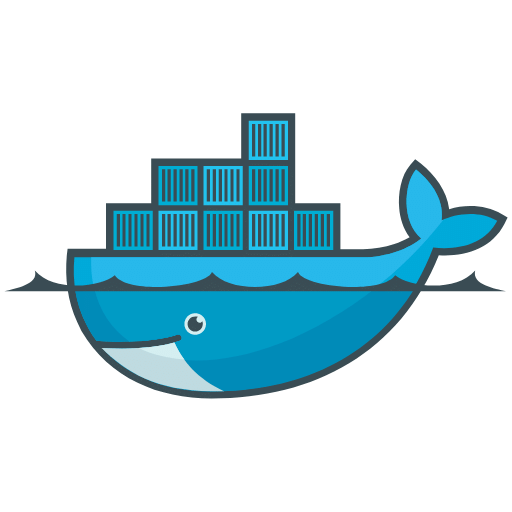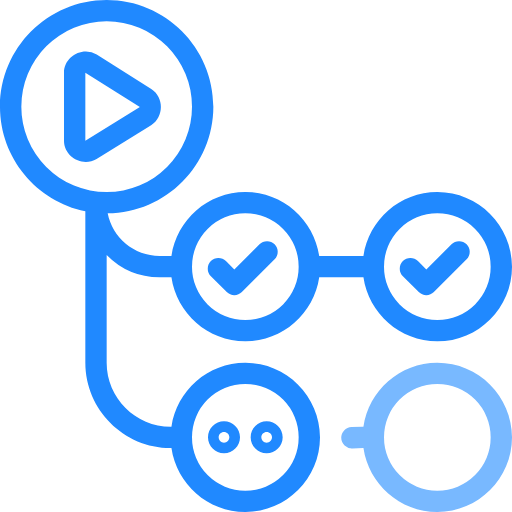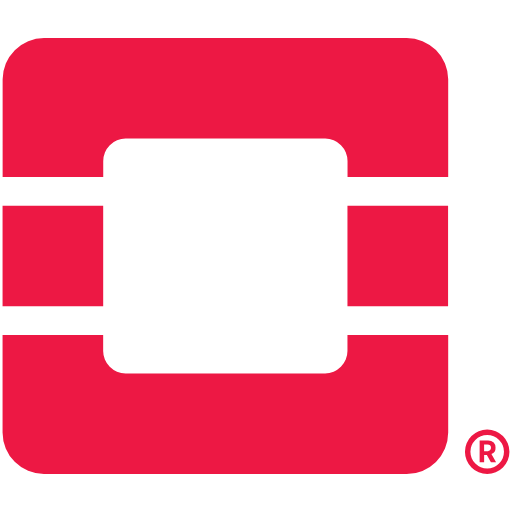Hey, I'm Jay — a passionate developer, DevEx & Platform Engineer, and avid kitesurfer 🌊.
I create platforms and tools that make developers faster, happier, and more productive.
Outside of tech, you’ll find me chasing wind, waves, and inspiration through travel and creative projects.
🎯 Interests
💻 DevEx🏗️ Platform Engineering🚪 Internal Developer Portals⚙️ DevOps🔧 SRE🤖 AI / LLM🎮 Game Development🧠 Psychology🏄 Kitesurfing
🚀 Projects
🤝 How I Can Help
Whether you’re building your first developer platform, refining your internal tools, or designing a new system — I can help you make it real.
Services include:
Services include:
- Platform design & Backstage implementation
- DevEx strategy and productivity assessment
- Custom plugin & template development
- System architecture design
- and more!
💡 What You’ll Get
Partnering with me means clarity, momentum, and measurable progress. I focus on building reliable systems, clear experiences, and developer joy — the kind that lasts beyond delivery.
You’ll get:
You’ll get:
- Actionable insights, not just code
- Hands-on collaboration with fast feedback loops
- Clean, maintainable, and well-documented solutions
- A trusted technical partner who actually ships 🚀
⚙️ Specialist In Tools
 Kubernetes
Kubernetes Docker
Docker Helm
Helm Rancher
Rancher GitHub Actions
GitHub ActionsCloud I know
 AWS
AWS Google Cloud
Google Cloud Azure
Azure Digital Ocean
Digital Ocean OpenStack
OpenStackCode I think
 Bash
Bash Python
Python TypeScript
TypeScript JavaScript
JavaScript Go
Go Java
JavaLanguages I speak
🇬🇧 English🇱🇹 Lithuanian
 Taptally
Taptally LinkedIn
LinkedIn GitHub
GitHub X (Twitter)
X (Twitter) ☕ Buy Me a Coffee
☕ Buy Me a Coffee